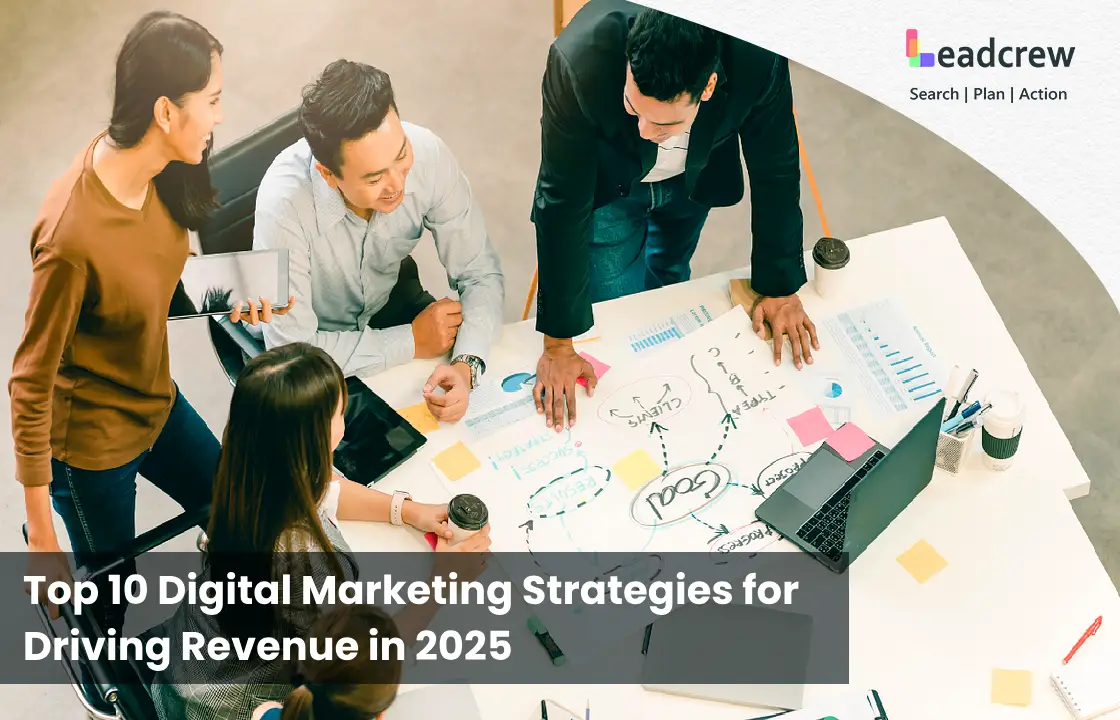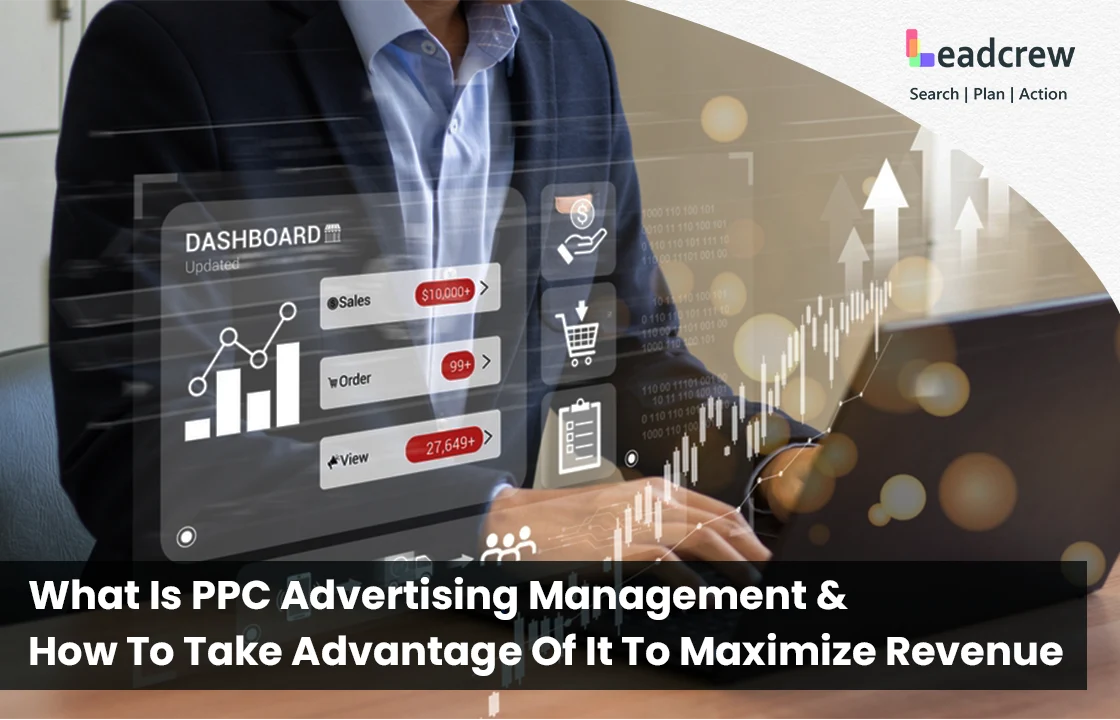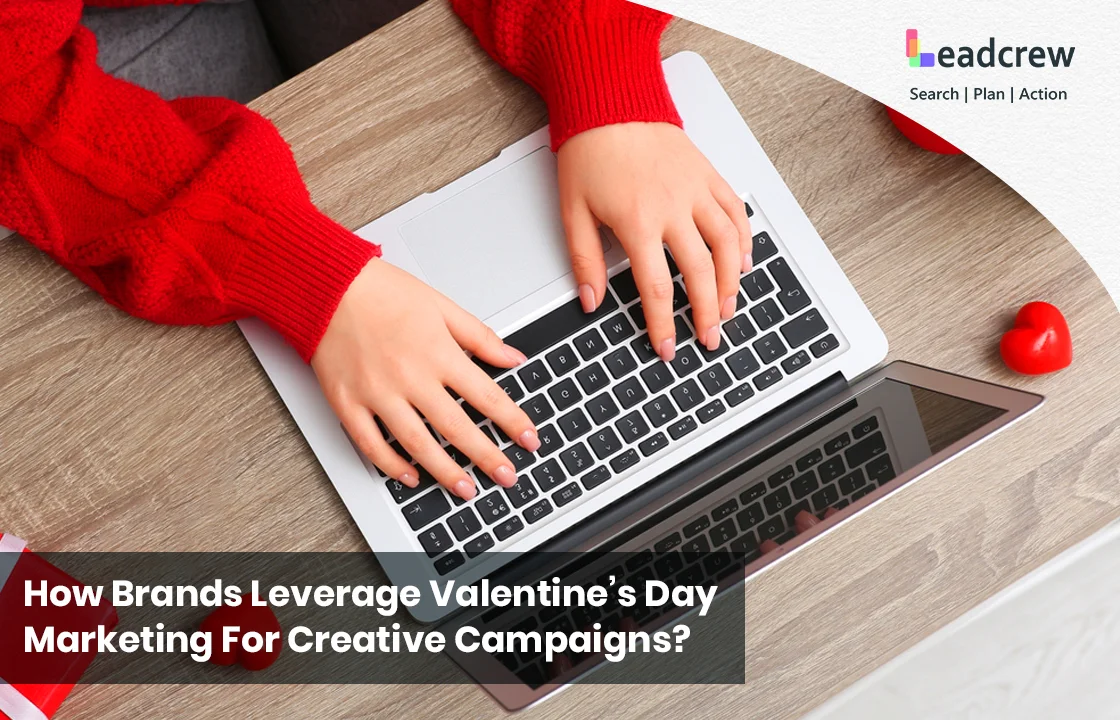To thrive in today’s competitive and digitally dynamic marketplace, firms must embrace innovative and high-performing strategies that boost their bottom line. The era of relying on outdated tactics is over. In 2025, a digital marketing strategy must not only drive traffic but also deliver tangible, measurable revenue growth. Below, we dive deep into the top 10 digital marketing strategies that redefine the landscape and propel businesses forward.
Table of contents:
The Backbone of Online Success: Understanding Digital Marketing
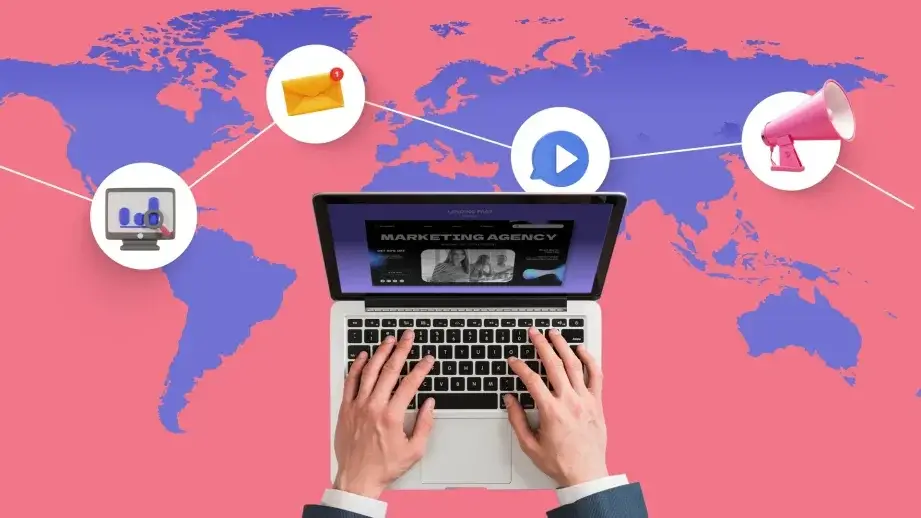
Digital marketing is the strategic promotion of products or services through digital channels, allowing businesses to connect with their audience in real-time. Unlike traditional marketing, digital marketing leverages the power of the internet and smart technologies to reach targeted users more efficiently and cost-effectively.
From Clicks to Conversions: The Benefits of Digital Marketing
1. Wider Reach with Targeted Precision:
2. Cost-Effective and Scalable:
3. Measurable Results and Real-Time Tracking:
4. Enhanced Customer Engagement:
5. Personalized Marketing Experience:
The Top “10” Digital Marketing Strategies To Elevate Your Sales In 2025
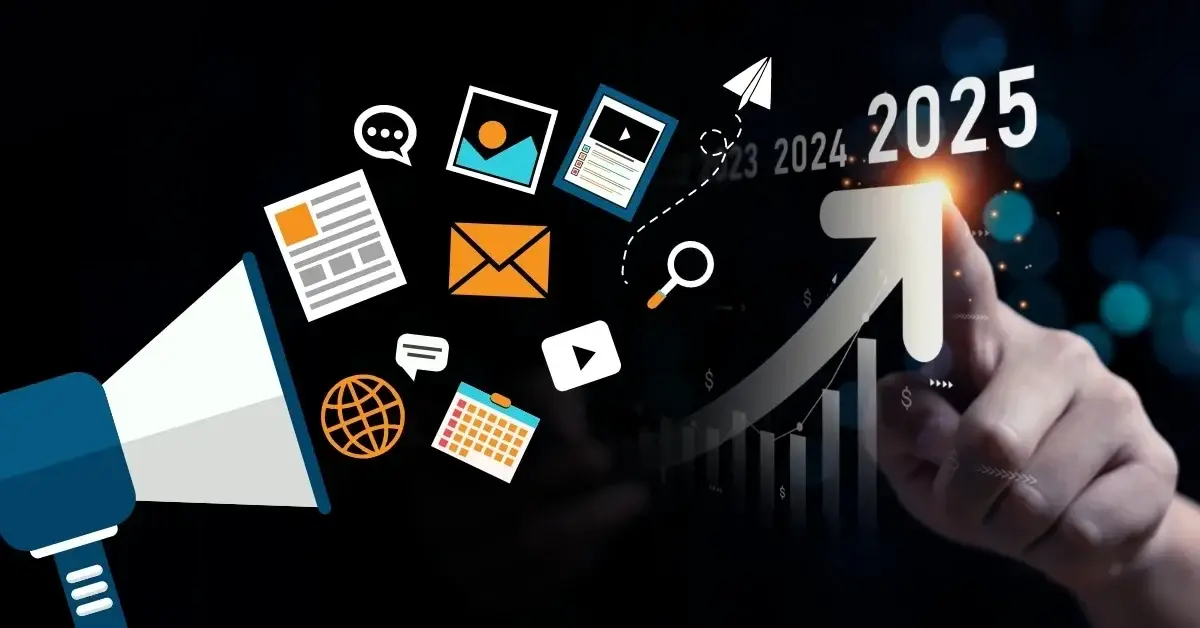
1. Hyper-Personalized Email Marketing Campaigns:
Hyper-personalized email marketing goes beyond just addressing the subscriber by name. It incorporates dynamic content, purchase history, location, website interactions, and real-time triggers to deliver the right message at the right moment. For example, if a customer browses a product but doesn’t buy, a follow-up email with a discount or a complementary product can re-engage and convert them.
2. AI-Driven Content Marketing:
3. Voice Search Optimization:
4. Influencer Marketing With ROI Tracking:
5. Conversational Marketing Via Chatbots and Messaging Apps:
6. Social Commerce Integration:
In 2025, the lines between social media and eCommerce development are blurred. Platforms like Instagram, TikTok, Facebook, and Pinterest offer in-app checkout features, allowing users to shop without leaving the app.
To maximize results, analyze platform insights to determine your highest-converting content and ads. Also, use retargeting to re-engage viewers who interacted with your product but didn’t buy. For eCommerce businesses, this is one of the top 10 digital marketing strategies for increasing average order value and customer acquisition.
7. First-Party Data Collection And Zero-Party Engagement:
8. Advanced Video Marketing With Interactive Elements:
9. Cross-Platform Customer Journeys:
The average customer interacts with a brand across multiple touchpoints before making a decision. That’s why a seamless omnichannel strategy is crucial. It ensures a consistent, unified brand experience across all platforms, including email, social media, search, mobile apps, and websites.
10. Data-Driven Paid Advertising:
Supercharge Your Growth With Leadcrew’s Digital Marketing Services
Looking to grow your brand and boost your revenue in 2025? Leadcrew is offering cutting-edge digital marketing services designed to help businesses thrive in an ever-evolving online landscape. Whether it’s SEO, PPC, social media, content marketing, or marketing automation, our expert team crafts data-driven strategies tailored to your unique goals. We focus on generating real, measurable results, turning online traffic into loyal, high-value customers. Connect with our team and revolutionize your digital presence today.
